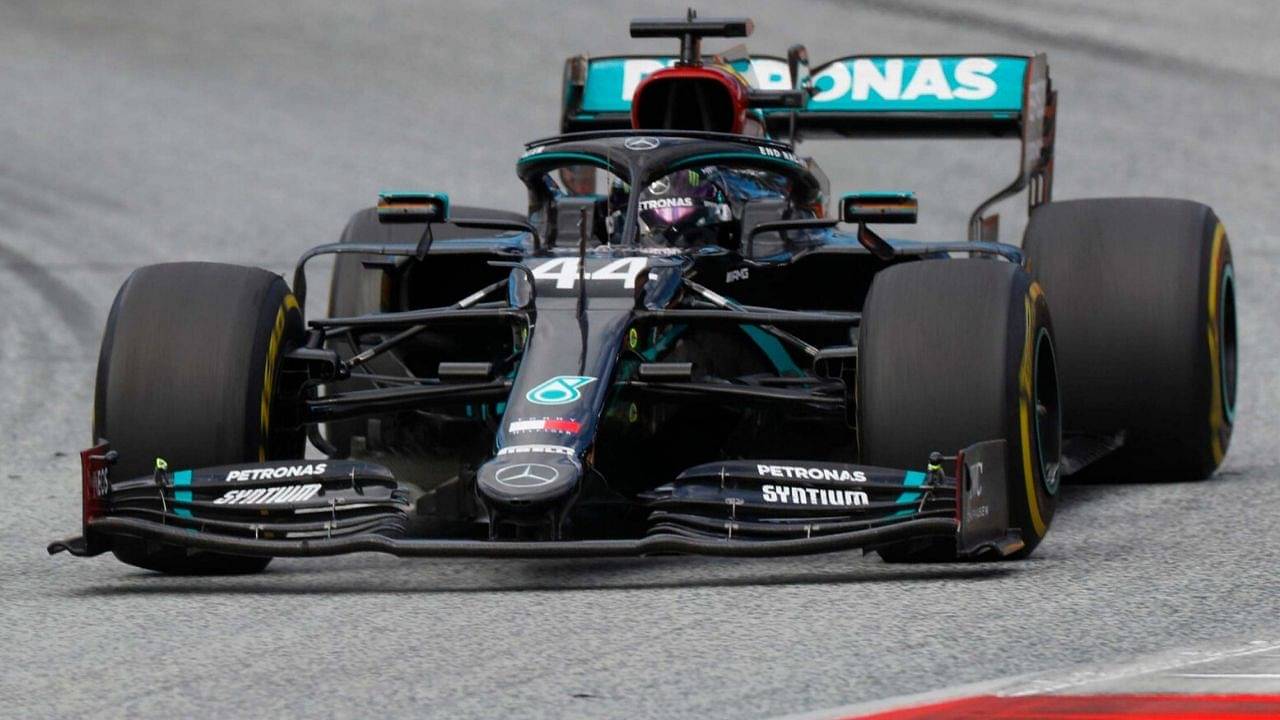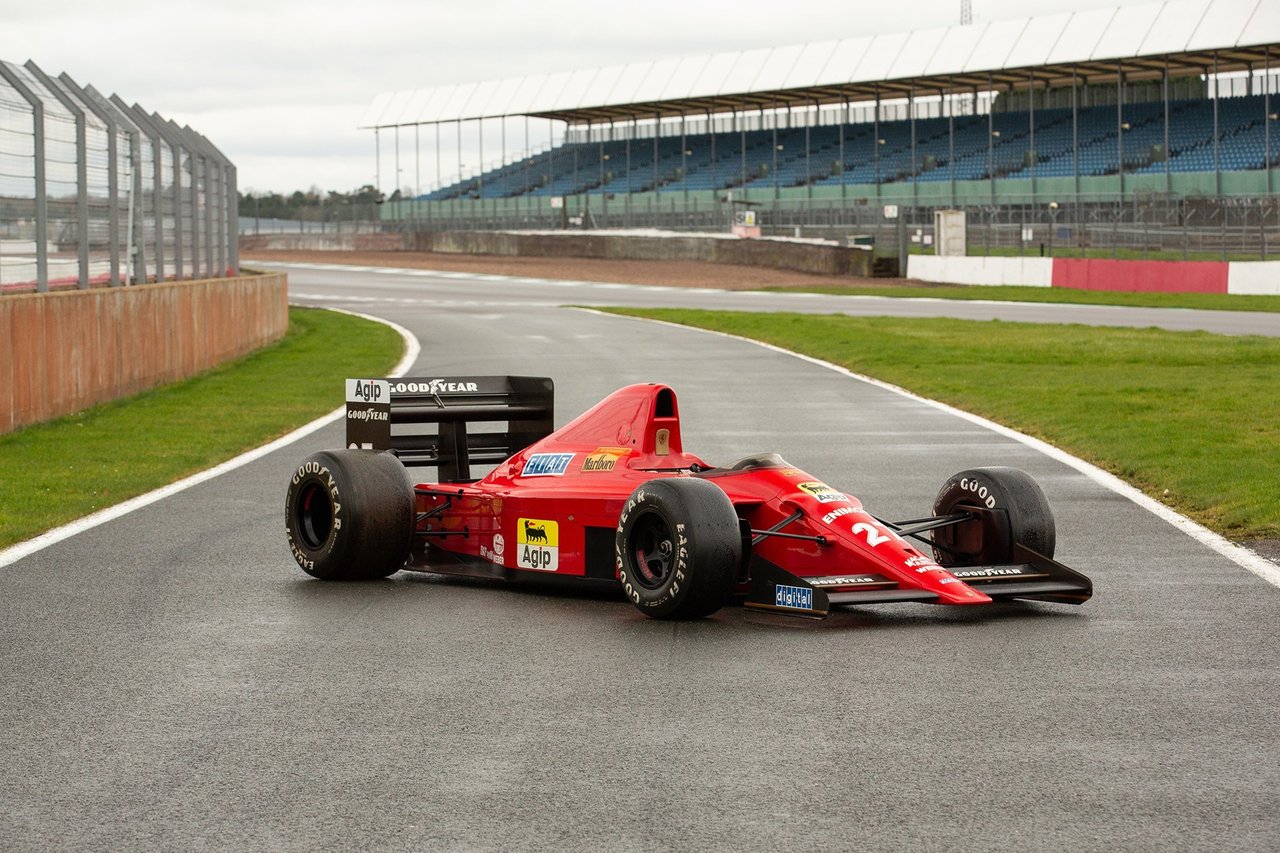With F1 preseason testing for the 2023 season has come and gone, it’s a good time to review some of the best innovations revealed during past F1 seasons
Mercedes DAS 2020

The DAS (Dual Axis Steering) System was revealed as everyone looked at Lewis Hamilton pulling his steering wheel towards him as he went down the main straight in pre-season testing at Barcelona in 2020. This was a brilliant bit of innovation as DAS altered the front wheel angle of alignment relative to the track, which boosted the ability to warm up the front wheels. Front wheel warm especially difficult to do at circuits with long straights due to the fact drivers are not working them. You will often see drivers weaving down the straights to warm up their tyres before a race start or under a safety car. Mercedes’ DAS system meant that, whilst they would still have to weave down a main straight, during the race especially after a pitstop when tyres were not up to temperature, drivers were able to heat them using the DAS System to optimise grip. Whilst they could only use this system for a year as it got banned following cost complaints, Mercedes used this system to make one of the fastest F1 cars we will ever see.
McLaren F duct 2010

After coming from a mixed 2009 season, McLaren were looking to get off to a good start to their 2010 campaign. At pre-season testing, the teams in the paddock noticed something about their MP4-25 challenger: a snorkel on the front nose. The F-Duct, as it was called, channelled air through the cockpit to the rear end of the car. Through creating pressure changes, this stalled aerodynamics at the front and rear wings on the car, reducing drag. This meant the car could go as much as 10km/h quicker going down the straight. Whilst a physical switch to engage the F duct would not be allowed, engaging it was up to the driver covering the hole in the cockpit with his leg whilst going down a straight. Immediately, when Red Bull’s protest against this failed, other teams copied it, taking it too far when it came to covering the hole where the snorkel entered the cockpit.
Everyone noticed Fernando Alonso covering his hole with his left hand going through the final corner and onto the main straight at the Circuit de Barcelona-Catalunya, after which Ted Kravitz and Stefano Domenicali had an interesting conversation:
Ted: When he operates your F duct with his left hand, changes the brake balance with his right hand, how is he steering?
Stefano: I don’t think with his feet, he should still with the hand he has available.
Ted: But he doesn’t have a hand available!
Stefano: I don’t know, maybe the car is too good. Let’s say he’s very good driving it I have nothing else to say.
Ferrari were not the only ones with Sauber also operating it in this way, meaning teams agreed to ban the F-duct after the 2010 season sighting safety issues.
Tyrrell X wings 1997

Despite not necessarily being revealed during winter testing, the X wings invented by Tyrrell during the 1997 season were too innovative to be left out of this list. As back-markers at this point, Tyrrell were desperate to try anything to get some points during the 1997 season. At Monaco, in a bid to gain as much downforce as required around this tight twisty circuit, Tyrrell came with X-Wings to the car. These were almost like rear-wings that rose from a car’s sidepods that, whilst generating drag, increased the downforce produced by the car. Whilst they did not look pretty, their effectiveness could not be ignored as Tyrrell registered their only points of the 1997 season courtesy of Mika Salo at that race weekend. Even Ferrari started to use these side wings, but this did not last long as mid-way through the 1998 season, they were banned following safety issues in the pitlane.
Ferrari Semi-automatic gearbox 1989

In the late 1980s, the F1 world was being dominated by the McLaren team and the partnership between Ayrton Senna and Alain Prost. In order to try and bridge this gap, Ferrari came with a revolutionary gearbox design. So called the electrohydraulic-actuated semi-automatic gearbox, it was the first time a ‘flappy-paddle’ gearbox was used, it worked with one pedal on the steering wheel shifting up a gear, the other shifting down. This changed gears a lot quicker than a normal manual gearbox due to the use of hydraulics and an electrical system. The only thing that let Ferrari down majorly in the 1989 season was their reliability. Out of 16 races, meaning 32 potential finishes, their drivers, Nigel Mansell and Gerhard Berger, finished 9 times, with 2 disqualifications and 21 retirements. The silver lining was that these 9 finishes were all podium finishes, as the Scuderia picked up 3 wins. Currently, F1 uses a highly automated sequential semi-automatic gearbox with the same paddle-shifters; a version of gearbox design that has evolved from Ferrari’s genius design over 30 years ago.
Tyrrell 6 wheeler 1976

Tyrrell were no strangers when it came to revolutionary innovation. The Tyrrell 6-wheeler, designed by chief designer Derek Gardner, had 2 wheels at the back and 4 wheels at the front. The beauty of Tyrrell’s design was that Gardner had found a loophole through the rules when it came to maximum front wing width. This led to the front tyres creating aerodynamic disturbance and drag, which slowed the car down and reduced downforce. Gardner’s genius involved the front tyres being a lot smaller than the rear tyres, at 10 inches compared to 16 inches at the rear. This meant the tyres were not in the airflow over the car, lowering drag ,and the fact there is an extra pair of tyres meant there was more rubber in contact with the track surface, increasing mechanical grip. This both meant the car was faster on the straights and the corner; and this was evident. In only its 4th race, Jody Scheckter and Patrick Depailler got Tyrrell a 1-2 finish at the Swedish Grand Prix, and they continued to get 3rd place in the constructors with multiple podiums. Several teams tried to copy this design, such as March in 1977 and Williams in 1982, before 6 wheelers were banned in 1982 after testing as 4 wheel drive, which 6-wheelers often gave, was banned.
